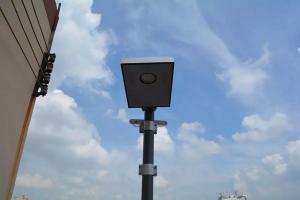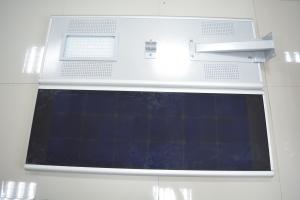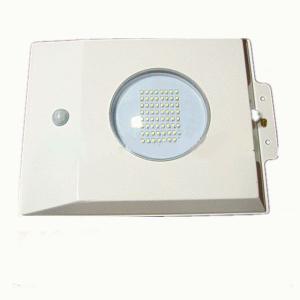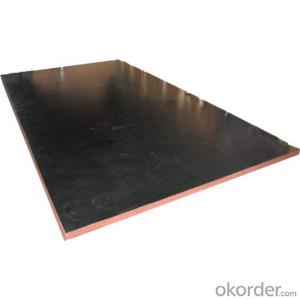One Solar Inverter Manual
One Solar Inverter Manual Related Searches
Ac Inverter For Solar Panels Solar Panel With Ac Inverter Gas Furnace With Ac Panda Hot Water Bottle Cover Minion Hot Water Bottle Cover Abb Solar Water Pump Inverter Solar Water Pump Philippines Extra Long Hot Water Bottle Solar Panel Dc To Ac Inverter Old Fashioned Hot Water BottleHot Searches
Second Hand Scaffolding Poles For Sale Pedestal Fan With Water Spray Price High Mast Light Price List Philips High Mast Lighting Price List Bajaj High Mast Lighting Price List Bike Gps System Price In India Outdoor Led Screen Price Coronation Hot Water Bottle Price Price Of Water Cooler Solar Module Wholesale Price Evacuated Tube Solar Collectors Price Abb 50 Kw Solar Inverter Price Wholesale UPVC Pipe Price Philippines Mtn Lumos Solar Inverter Price Lorentz Solar Pumps Price Alcoa Aluminum Stock Price Today Aluminum Skirting Price Price Of Century Plywood 19Mm pvc resin price index Lasani Wood Sheet PriceOne Solar Inverter Manual Supplier & Manufacturer from China
Okorder.com is a professional One Solar Inverter Manual supplier & manufacturer, offers integrated one-stop services including real-time quoting and online cargo tracking. We are funded by CNBM Group, a Fortune 500 enterprise and the largest One Solar Inverter Manual firm in China.Hot Products
FAQ
- A solar inverter does not directly handle variations in solar panel cleanliness. However, a decrease in solar panel cleanliness can lead to a decrease in the overall energy output of the solar system. This reduced energy input is then processed by the solar inverter, which converts it into usable electricity. Therefore, while a solar inverter itself does not handle the cleanliness of solar panels, it indirectly adapts to variations by adjusting the energy conversion process based on the input it receives from the panels.
- The role of a voltage control unit in a solar inverter is to regulate and stabilize the voltage output from the solar panels, ensuring that it matches the required voltage for the connected electrical devices or grid connection. This unit helps to maximize the efficiency of the solar inverter and prevent any potential damage to the electrical system by maintaining a consistent and optimal voltage level.
- A solar inverter handles voltage unbalance by continuously monitoring the phase voltages of the grid. If a voltage unbalance occurs, the inverter adjusts its output voltage and frequency to maintain a balanced supply to the grid. This ensures that the solar inverter can efficiently convert the DC power generated from the solar panels into AC power that is synchronized with the grid, despite any voltage imbalances.
- A solar inverter plays a crucial role in the overall efficiency of a solar system. It converts the direct current (DC) generated by solar panels into alternating current (AC) that can be used to power household or commercial appliances. By ensuring optimal conversion efficiency and minimizing power losses during this process, a high-quality solar inverter can significantly impact the overall efficiency of a solar system.
- The maximum output power of a solar inverter depends on its size and specifications. Typical residential solar inverters have a maximum output power ranging from 1 kilowatt (kW) to 10 kW, while commercial and utility-scale inverters can reach several megawatts (MW) of power output.
- A solar inverter handles voltage dips or fluctuations in the grid by constantly monitoring the grid voltage. When it detects a dip or fluctuation, it adjusts its own output voltage accordingly to maintain a stable and consistent power supply. This helps protect connected devices from potential damage and ensures that the solar system continues to operate efficiently.
- The maximum current output of a solar inverter depends on various factors such as the size and capacity of the inverter, the number and capacity of the solar panels connected to it, and the specific technology and design of the inverter. Generally, solar inverters have a maximum current output ranging from a few amps to several hundred amps, with larger commercial-scale inverters having higher current outputs compared to residential or smaller scale inverters. It is crucial to select an inverter that can handle the current requirements of the solar panel system to ensure optimal performance and safety.
- Yes, a solar inverter can be used with different types of grounding systems. Solar inverters are designed to be compatible with various grounding configurations, including both grounded and ungrounded systems. However, it is important to ensure that the specific inverter model is compatible with the desired grounding system to ensure safe and optimal operation.















































